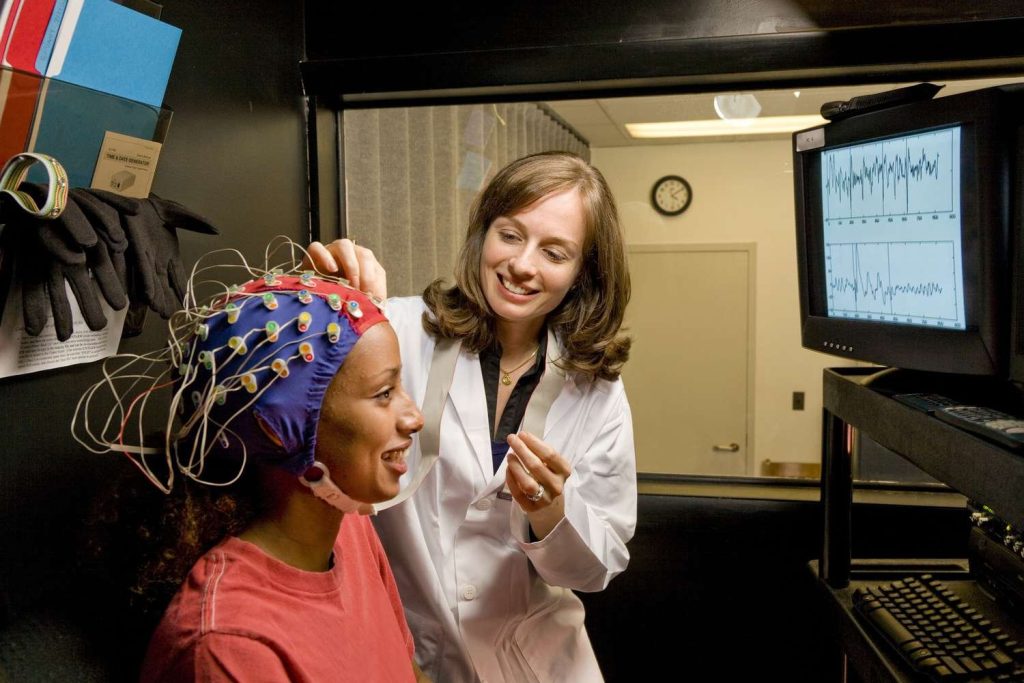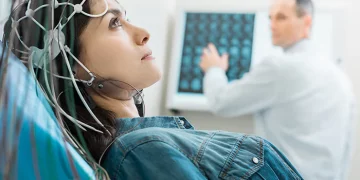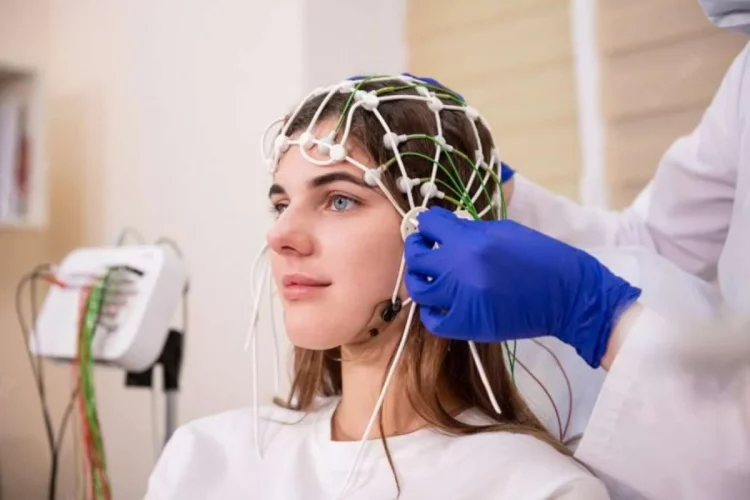In the complex symphony of the human mind, emotions play a vital yet sometimes unruly role. While emotional ups and downs are part of life, for many people—especially those dealing with anxiety, depression, trauma, or attention disorders—emotions can feel overwhelming and unpredictable. Emerging from the intersection of neuroscience and mental health care, neurofeedback offers a cutting-edge, non-invasive approach to help regulate and stabilize emotions by training the brain itself. Often referred to as EEG biofeedback, neurofeedback has evolved from experimental curiosity into a respected therapeutic tool that is transforming how individuals enhance their mental resilience. This article explores what neurofeedback is, how it works, and why it’s becoming an essential component in the pursuit of emotional wellness.
Understanding the Brain-Emotion Connection
To appreciate how neurofeedback influences emotional regulation, it’s essential to understand the neural basis of emotion. The human brain is an intricate network of electrical activity. These electrical impulses, known as brainwaves, fluctuate in patterns and frequencies that correlate with specific mental states. Delta waves dominate during deep sleep, theta waves appear during drowsiness and meditation, alpha waves are linked to calm focus, beta waves accompany active thought, and gamma waves are associated with complex cognitive processes.
Emotions are regulated by networks involving the limbic system (especially the amygdala and hippocampus), the prefrontal cortex, and other integrative brain regions. When these systems fall out of sync—whether due to stress, trauma, genetic predisposition, or neurochemical imbalances—emotional dysregulation can occur. This can manifest as mood swings, chronic anxiety, emotional numbness, or reactivity. Neurofeedback aims to restore functional balance by guiding the brain toward more stable and adaptive brainwave patterns.
What Is Neurofeedback? A Scientific Overview
Neurofeedback is a form of biofeedback that provides real-time information about brainwave activity through electroencephalography (EEG). During a session, sensors are placed on the scalp to detect and record the brain’s electrical signals. These signals are then displayed on a monitor as visual or auditory feedback, allowing the individual to observe their brainwave patterns in real time.
The feedback typically comes in the form of a game, video, or sound. For example, when the brain produces desired wave patterns (such as increased alpha waves associated with calm focus), the screen brightens or the music plays smoothly. If the brain drifts into undesired patterns (such as high beta waves linked to anxiety), the game slows or the image dims. Over time, this process conditions the brain to favor healthier activity patterns, just as muscles strengthen through physical training.
Unlike medications, which alter brain chemistry, neurofeedback empowers the brain to self-regulate. This self-directed learning makes it especially attractive as a long-term, side-effect-free solution to emotional imbalance.
Applications in Emotional Regulation and Mental Health
Neurofeedback has shown promise in a variety of emotional and psychological conditions, supported by decades of clinical observation and growing empirical research. Here’s how it helps in key areas of emotional regulation:
- Anxiety and Stress Disorders: People with anxiety often exhibit excessive high-frequency beta activity, particularly in the right prefrontal cortex. Neurofeedback training can reduce this hyperactivity, promoting alpha and theta waves that are associated with relaxation and introspection. Clinical trials have shown significant reductions in symptoms of generalized anxiety, panic attacks, and PTSD.
- Depression: Depression is frequently linked to reduced left frontal activity and impaired alpha asymmetry. Neurofeedback protocols that encourage balanced activity between hemispheres can enhance mood, motivation, and cognitive flexibility. Patients report improvements in emotional resilience and an increased sense of vitality after several weeks of training.
- ADHD and Emotional Impulsivity: Emotional regulation is often impaired in attention-deficit disorders. Neurofeedback helps by training brain regions involved in attention and impulse control. Studies have demonstrated that consistent training improves not only focus but also mood stability and frustration tolerance.
- Trauma and PTSD: Traumatized brains can remain stuck in hypervigilant or dissociative states. Neurofeedback helps modulate the nervous system, guiding the brain from fight-or-flight reactivity toward a calmer baseline. This results in fewer flashbacks, improved sleep, and better emotional regulation.
- Substance Use and Emotional Dysregulation: Addiction often coexists with emotional instability. Neurofeedback can address the underlying dysregulation, helping users develop a more balanced mental state that supports sobriety and emotional healing.
The Process: What to Expect in a Neurofeedback Program
A neurofeedback program typically begins with a comprehensive brain map, known as a quantitative EEG (qEEG). This map identifies areas of dysregulation by comparing the individual’s brainwave activity to a normative database. Based on these findings, a customized training protocol is created.
Each session lasts between 30 to 60 minutes, and programs often include 20 to 40 sessions for measurable improvements. During sessions, clients sit comfortably while watching a display or listening to sounds that change in response to their brain activity. Over time, their brain “learns” to maintain desired patterns, even outside of the session.
The process is painless, safe, and non-invasive. Many clients report not only improved emotional regulation but also enhanced mental clarity, sleep quality, and overall well-being.
Scientific Evidence: How Effective Is Neurofeedback?
Although more large-scale randomized studies are still needed, the body of evidence supporting neurofeedback continues to grow. A meta-analysis published in Clinical EEG and Neuroscience found significant improvements in emotional and behavioral symptoms in anxiety and depression patients. Another study in Applied Psychophysiology and Biofeedback demonstrated that neurofeedback reduced symptoms of emotional dysregulation in ADHD by promoting self-control and attentional focus.
One of the strengths of neurofeedback is its durability. Once the brain learns new patterns, they tend to persist—unlike medications, which require ongoing use. Additionally, neurofeedback is well tolerated, with minimal side effects, making it an ideal adjunct or alternative for individuals seeking drug-free approaches to emotional well-being.
The Neuroscience of Emotional Resilience
Resilience—the ability to bounce back from stress and adversity—is rooted in neuroplasticity. Neurofeedback enhances neuroplasticity by reinforcing pathways that support emotional balance, impulse control, and cognitive regulation. The prefrontal cortex, often underactive in emotional dysregulation, becomes more engaged, while the limbic system, including the overactive amygdala, is calmed through repeated training.
As the brain stabilizes, emotional reactivity decreases and self-awareness increases. Individuals report feeling more “centered,” less triggered by external events, and more capable of navigating emotional challenges with composure. In this way, neurofeedback becomes not just a therapeutic tool, but a catalyst for long-term emotional development.

Who Can Benefit From Neurofeedback?
While neurofeedback can benefit nearly anyone interested in improving emotional control, it is particularly effective for:
- Children with behavioral or attention challenges
- Adults dealing with chronic stress, anxiety, or burnout
- Trauma survivors seeking non-verbal healing methods
- High performers (athletes, executives, artists) looking to fine-tune emotional control under pressure
- Seniors aiming to preserve cognitive function and mood stability
It’s important to work with licensed practitioners who are board-certified and experienced in interpreting EEG data. Customized protocols are essential for ensuring the best outcomes.
Integrating Neurofeedback Into a Holistic Wellness Plan
Neurofeedback works best as part of a comprehensive emotional wellness strategy. While powerful on its own, it becomes even more effective when combined with:
- Mindfulness and meditation to reinforce self-awareness and calm
- Cognitive-behavioral therapy to challenge negative thinking
- Physical exercise to support brain health and reduce stress
- Adequate sleep to allow for brainwave consolidation
- Nutritional support to optimize neurotransmitter function
Incorporating neurofeedback into a larger lifestyle approach creates a synergistic effect, enhancing both emotional and physical health over time.
Limitations and Considerations
While neurofeedback is promising, it’s not a magic bullet. Results take time, consistency, and a willingness to engage in the process. Some individuals may not respond as strongly, particularly if there are underlying medical or neurological conditions that require separate treatment.
Cost can also be a barrier, as neurofeedback is often not covered by insurance. However, given its long-lasting benefits and minimal risks, many clients view it as a worthwhile investment in mental health.
There are also technical limitations—interpretation of EEG data must be precise, and improperly designed protocols can lead to fatigue or irritability. For this reason, certification and professional oversight are crucial when choosing a provider.
The Future of Neurofeedback
The field of neurofeedback is evolving rapidly. Advances in AI and machine learning are making it possible to develop more precise, adaptive training systems. Portable, at-home neurofeedback devices are also emerging, increasing accessibility for a broader population.
Future directions include:
- Real-time emotional analytics integrated with wearable tech
- Virtual reality neurofeedback to create immersive therapeutic environments
- Personalized neurocoaching for workplace stress and performance
- Integrative brain-health platforms combining neurofeedback with biometrics, sleep tracking, and mood diaries
As the stigma around mental health continues to decline, neurofeedback will likely become a cornerstone in both clinical treatment and preventative wellness.
Conclusion: Training the Brain to Heal the Heart
In a world filled with emotional stressors, our greatest ally may lie within our own brains. Neurofeedback offers a scientifically grounded, empowering approach to emotional regulation—one that taps into the brain’s capacity to heal, adapt, and thrive. Whether used to overcome anxiety, process trauma, or simply build resilience, neurofeedback allows individuals to train their most vital organ for peace and strength. As we move toward a future where mental health is prioritized as much as physical fitness, neurofeedback stands as a testament to the power of self-directed, brain-based healing.











































